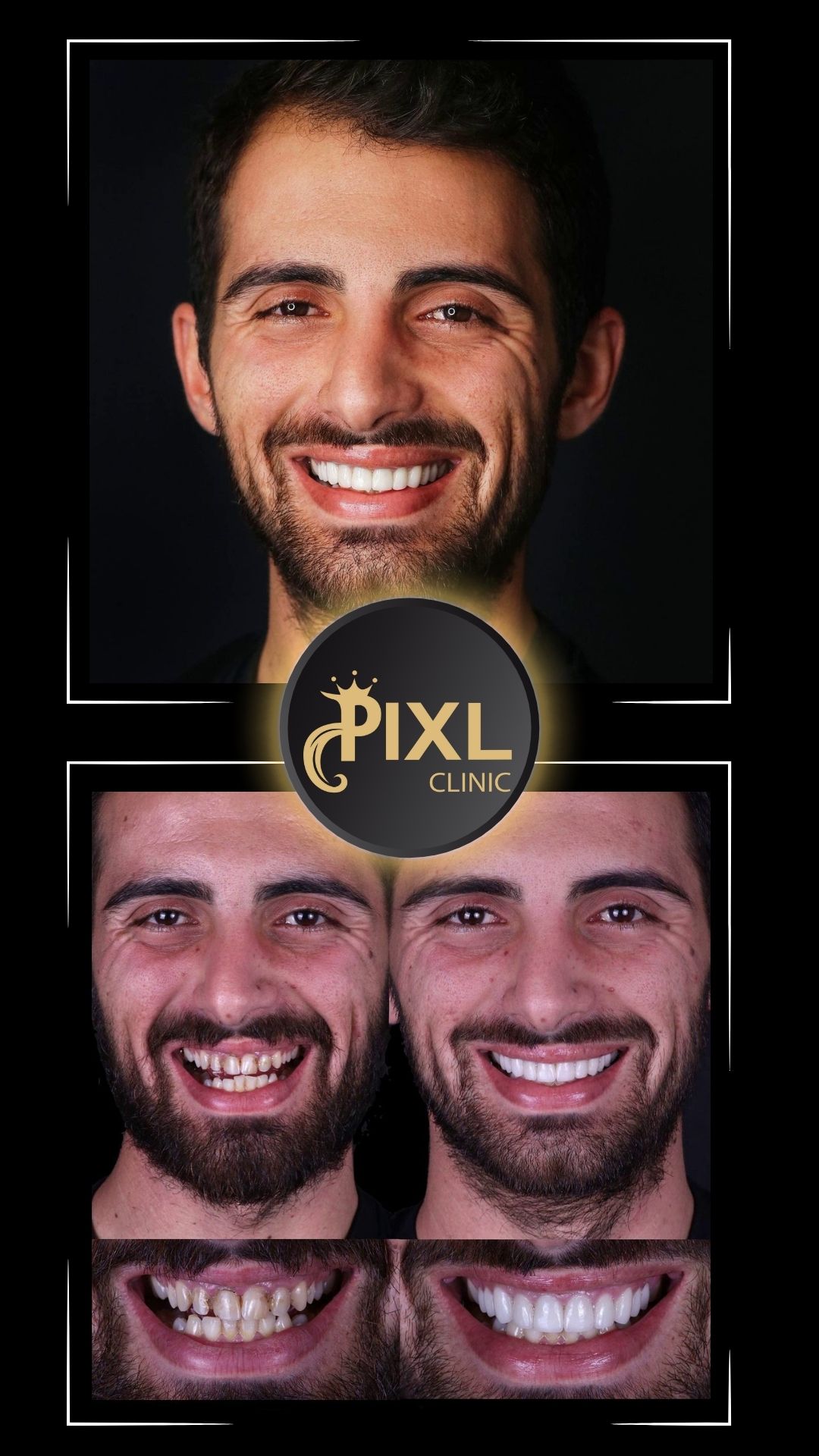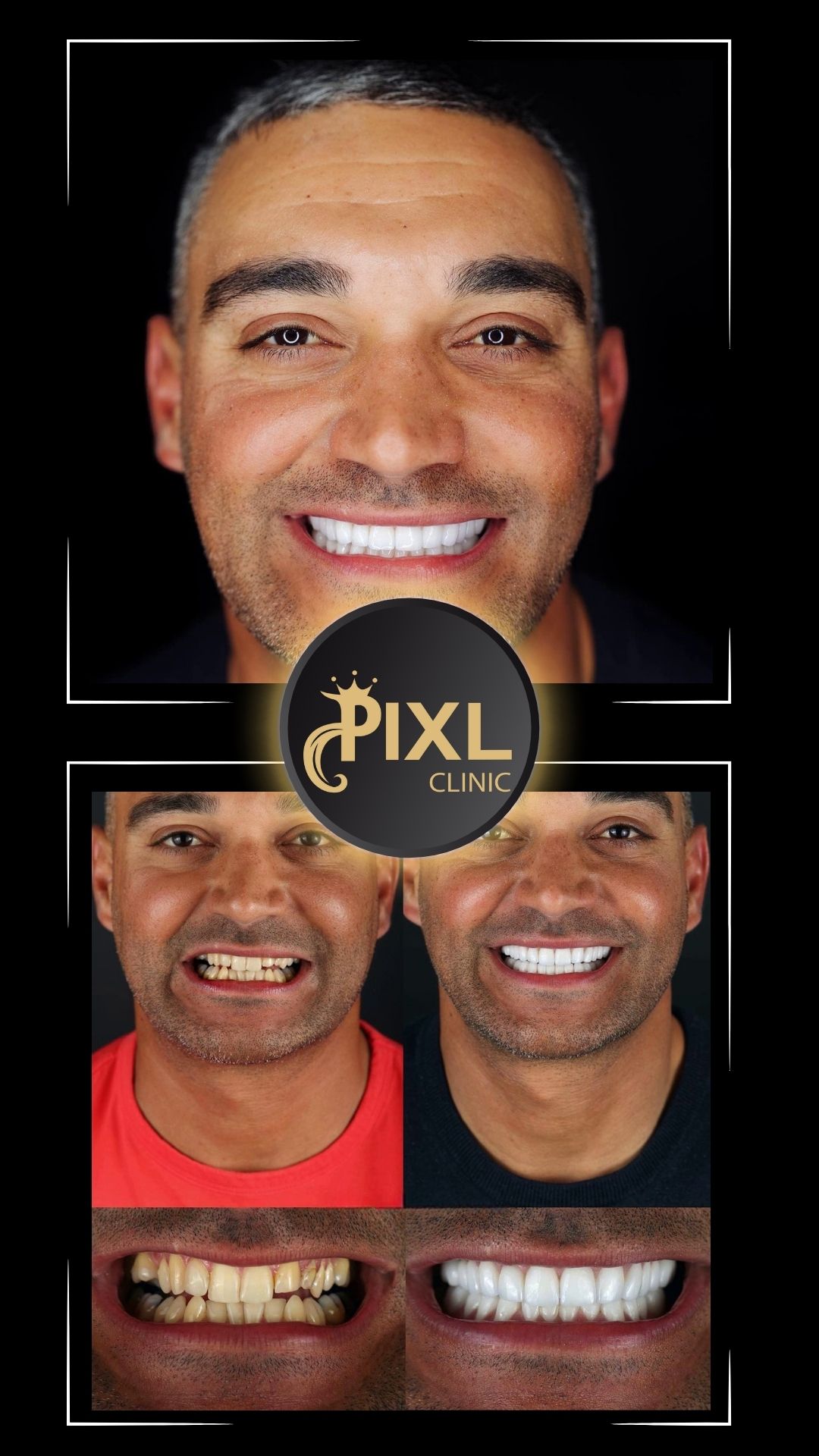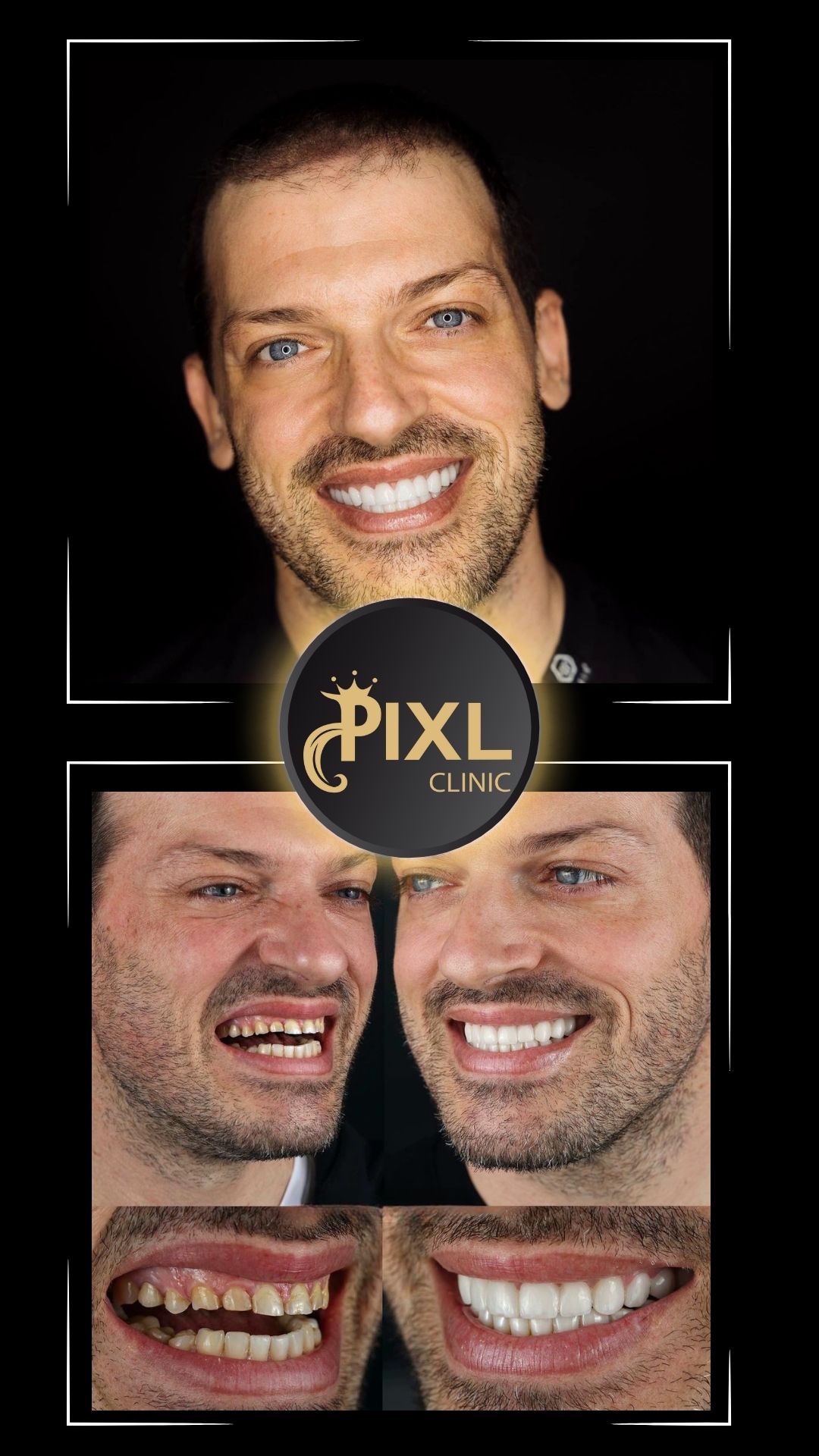All You Need to Know About Dental Bone Grafts
Dental bone grafts are a crucial procedure in modern dentistry, particularly for individuals who have suffered bone loss in the jaw. This process has revolutionized oral health care, allowing patients to restore jawbone integrity and support essential dental treatments like implants. Here’s a comprehensive guide to understanding dental bone grafts, including their types, purposes, benefits, and recovery process.
What Are Dental Bone Grafts?
A dental bone graft is a surgical procedure where bone tissue is added to the jawbone. The goal is to restore or enhance bone density in areas that have been weakened by tooth loss, trauma, periodontal disease, or other conditions. Bone grafting serves as a foundation for dental implants and helps maintain the overall structure of the face.

Why Are Bone Grafts Necessary?
The jawbone can deteriorate due to various reasons, including:
- Tooth Loss: Missing teeth can lead to the resorption of the jawbone over time.
- Gum Disease: Advanced periodontal disease may erode the supporting bone.
- Trauma: Accidents or injuries can result in bone loss or damage.
- Dental Implants: Insufficient bone may compromise the success of dental implants.
A bone graft ensures that the jawbone is strong enough to support implants or other restorative dental procedures.
Types of Dental Bone Grafts
There are several types of bone grafts, each tailored to a patient’s specific needs:
Autograft:
- Sourced from the patient’s own body, typically from the chin, jaw, or hip.
- Offers a high success rate due to compatibility.
Allograft:
- Bone tissue is taken from a donor (human cadaver).
- It is thoroughly processed and sterilized to ensure safety.
Xenograft:
- Uses bone from an animal, usually bovine (cow).
- Serves as a scaffold for the patient’s bone to grow into.
Alloplast:
- Synthetic materials such as calcium phosphate or biocompatible ceramics are used.
- Ideal for patients who prefer non-biological materials.
The Bone Grafting Procedure
Initial Consultation:
- A dentist or oral surgeon evaluates the condition of your jawbone using X-rays or CT scans.
Preparation:
The area is cleaned and prepared. Local anesthesia or sedation may be administered.
Grafting:
- The chosen graft material is carefully placed in the deficient area.
- It may be covered with a membrane to promote healing and integration.
Closure:
- The gum tissue is stitched closed to protect the graft.
Benefits of Dental Bone Grafts
- Facilitates Dental Implants: Provides a stable foundation for implants.
- Prevents Bone Loss: Halts further resorption of the jawbone.
- Restores Facial Structure: Enhances facial aesthetics by supporting soft tissues.
- Improves Oral Health: Reinforces overall jaw stability.
Recovery and Aftercare
- Healing Time: It can take several months for the graft to integrate with the natural bone.
- Post-Surgery Care:
- Avoid hard or chewy foods during the initial healing phase.
- Maintain excellent oral hygiene to prevent infection.
- Follow prescribed medication and attend follow-up appointments.
- Signs of Complications:
- Persistent swelling or pain.
- Signs of infection like fever or discharge.
- Contact your dentist immediately if these occur.
Are There Any Risks?
While dental bone grafts are generally safe, there are some potential risks, such as:
- Infection
- Rejection of the graft
- Nerve damage (rare)
- Incomplete integration of the graft material
Choosing a qualified and experienced dentist significantly reduces these risks.
Who Needs a Bone Graft?
Bone grafting is often recommended for patients who:
- Plan to get dental implants but have insufficient bone density.
- Suffer from severe periodontal disease.
- Experience facial bone loss due to trauma or illness.
Cost of Dental Bone Grafts
The cost varies depending on factors such as the type of graft, location, and complexity of the procedure. Generally, it ranges from $150 to $250 per graft. Insurance coverage may apply if the procedure is deemed medically necessary.
Conclusion
Dental bone grafts are a transformative solution for restoring oral health and functionality. Whether you’re considering dental implants or addressing bone loss, bone grafting can provide the foundation you need for a confident smile. If you think you might benefit from a dental bone graft, consult your dentist or oral surgeon for a personalized evaluation and treatment plan.
FAQ: Dental Bone Grafts
What is a dental bone graft?
A dental bone graft is a procedure where bone material is added to the jaw to restore its density and strength. It is often performed to prepare for dental implants or to prevent further bone loss.
Why would I need a bone graft?
You may need a bone graft if:
- You’ve experienced bone loss due to tooth loss, gum disease, or trauma.
- You’re planning to get dental implants but lack sufficient jawbone support.
- You want to preserve your jawbone structure after tooth extraction.
Does a bone graft hurt?
The procedure itself is typically painless because it is performed under local anesthesia or sedation. Afterward, you may experience mild discomfort or swelling, which can be managed with over-the-counter pain medication and ice packs.
What types of materials are used in bone grafts?
- Autograft: Your own bone, taken from another part of your body.
- Allograft: Donor bone from a human source.
- Xenograft: Bone from animals, usually cows.
- Alloplast: Synthetic materials such as calcium phosphate or ceramics.
How long does it take to heal?
Healing time varies, but it typically takes 4–6 months for the bone graft to integrate with your natural bone. In some cases, it may take longer depending on the extent of the graft and your overall health.
Can I get dental implants immediately after a bone graft?
Not usually. The bone graft needs time to heal and integrate with your jawbone before implants can be placed. However, in minor cases, your dentist may perform a simultaneous implant and bone graft procedure.
Is a bone graft safe?
Yes, dental bone grafts are considered safe and have a high success rate. Risks, such as infection or graft rejection, are rare and can be minimized by choosing an experienced dentist or oral surgeon.
How much does a dental bone graft cost?
The cost depends on the type of graft and the complexity of the procedure. It typically ranges from $150 to $250. Insurance may cover part of the cost if the graft is medically necessary.
What should I expect during recovery?
- Mild swelling and discomfort are common for the first few days.
- Stick to soft foods and avoid strenuous activities.
- Practice good oral hygiene to prevent infection.
- Follow all post-operative care instructions provided by your dentist.
Are there any alternatives to a bone graft?
In some cases, alternatives like ridge expansion or sinus lifts may be recommended to improve bone structure. However, these depend on your specific condition and the goals of your treatment.
Can bone grafts fail?
While rare, bone grafts can fail if:
- The graft does not integrate with the natural bone.
- There is infection or improper post-surgical care.
- Smoking or health conditions interfere with healing.
How can I improve my chances of success?
- Follow your dentist’s pre- and post-surgical instructions.
- Maintain good oral hygiene.
- Avoid smoking, as it can hinder healing.
- Eat a balanced diet to support bone regeneration.
Is the procedure covered by insurance?
Bone grafts may be covered if deemed medically necessary. Check with your insurance provider for specific coverage details.
Are there age restrictions for bone grafting?
There are no strict age restrictions. However, younger patients may have faster healing due to better bone regeneration, while older patients may need more time for integration.
What happens if I don’t get a bone graft when recommended?
Without a bone graft, the jawbone may continue to deteriorate, making dental implants or other restorative procedures impossible in the future. This can also impact facial structure and overall oral health.
































